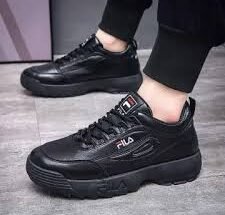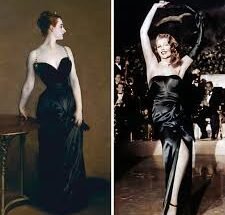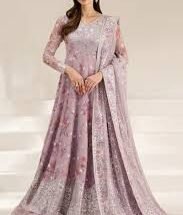A” sun dress” is a casual, comfortable dress designed for warm rainfall. The term is frequently used interchangeably with” sheath.” These dresses are characterized by their light and airy fabrics, similar as cotton, linen, or rayon, and are generally loose- befitting to allow for breathability. crucial Features of a Sundress Fabric Lightweight, permeable accoutrements like cotton, linen, or chiffon.

Fit and Sleeves:
. Fit generally loose and fluid, prioritizing comfort. Sleeves and Neckline frequently sleeveless, with thin shoulder strips, a wide neckline, or a posterior design. Prints and Colors constantly feature flowery patterns, light colors, or white, which help reflect sun. Length They come in colorful lengths, from mini to maxi, with midi- and maxi- lengths being veritably common
Types of Sundresses:
. Types of Sundresses Sundresses come in a variety of outlines to suit different body types and occasions. Some popular styles include A-Line Fitted at the midriff and glaring out gently, creating an” A” shape. This is a widely flattering style. Maxi A long, flowing dress that reaches the ankles or bottom.
Fit and blaze:
. Fit and blaze A fitted bodice with a full skirt, designed to define the midriff. Shift A straight- cut dress that hangs approximately from the shoulders, offering a veritably relaxed fit. Halter Neck Features a neckline that ties or fastens behind the neck, leaving the shoulders and back exposed. Off- the- Shoulder Designed to expose the shoulders, frequently with elasticized bands or ruffles for a secure fit.
Waist and Style Sundresses:
Empire Waist The midriff sits just below the bust, with a loose- befitting skirt that flows freely. Styling a Sundress Sundresses are largely protean and can be nominated for a variety of occasions, from casual jaunts to more formal events. Casual For a relaxed, everyday look, brace a sheath with flat sandals, lurkers, or espadrilles.
Sunglassis and Protection:
. Add a wide- brimmed chapeau and sunglasses for sun protection and a classic summer vibe. Dressed Up To make a sheath more formal, you can pair it with heeled sandals or wedges, a statement clutch, and delicate jewelry.The term” sheath” itself is relatively. Layering For cooler gloamings or air- conditioned spaces, a sheath can be concentrated with a featherlight jacket, similar as a denim jacket, or a breezy capelet. Accessorizing Accessorizing is crucial to changing the look of a sheath.
Belts, scarves, different type of jewelery:
. Belts, scarves, and different type of jewelery can transfigure a simple dress into a unique and swish outfit Versatility & Styling One of the most charming aspects of a sheath is its versatility. It can be dressed up or down to suit colorful occasions. Casual Wear For a relaxed look, brace a sheath with flat sandals, a straw tote bag, and a wide- brimmed chapeau. Dressed- Up Look Elevate a sheath for asemi-formal event by adding wedges or heeled sandals, a statement choker, and a clutch. Layering For cooler gloamings or in air- conditioned spaces, a sheath can be concentrated with a denim jacket, a cardigan, or a light capelet. You can also transition it to a cooler season by wearing it with thrills and a sweater.
History:
A detail History The conception of wearing loose, featherlight apparel for sun protection has was for centuries. Ancient societies in warm climates, like the Egyptians and Greeks, used long, flowing blankets and tunics made of linen and other light fabrics to shield themselves from the sun while staying cool The ultramodern sheath as we know it gained fashionability in themid-20th century. Contrivers like Claire McCardell in the 1940s supported comfortable, practical, and swish everyday wear and tear. This coincided with a shift toward further casual fashion and rest conditioning, making the sheath a symbol of immature freedom and royal style. By the 1950s and 1960s, it had come a summer wardrobe essential, vulgarized by numbers like Lilly Pulitzer


